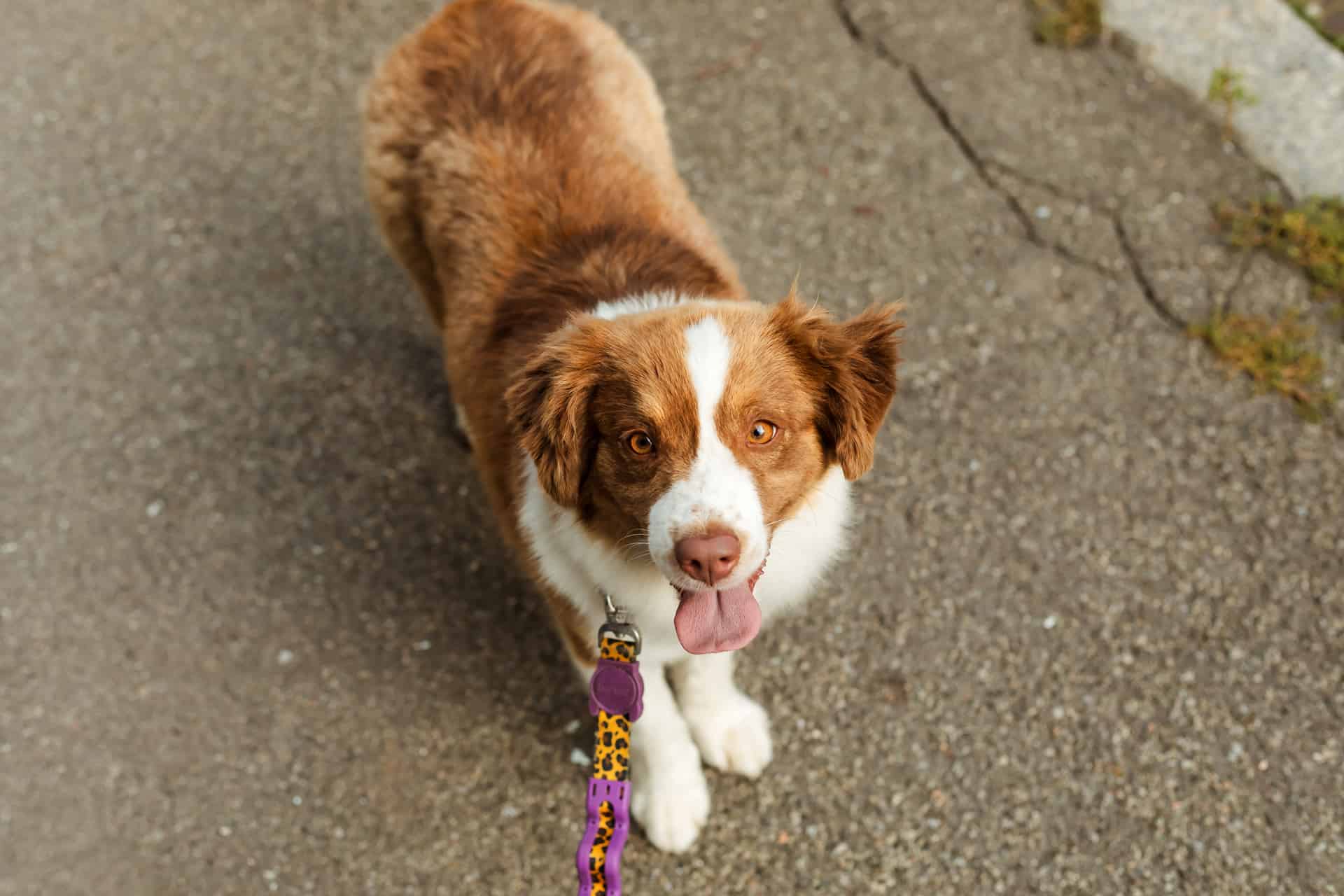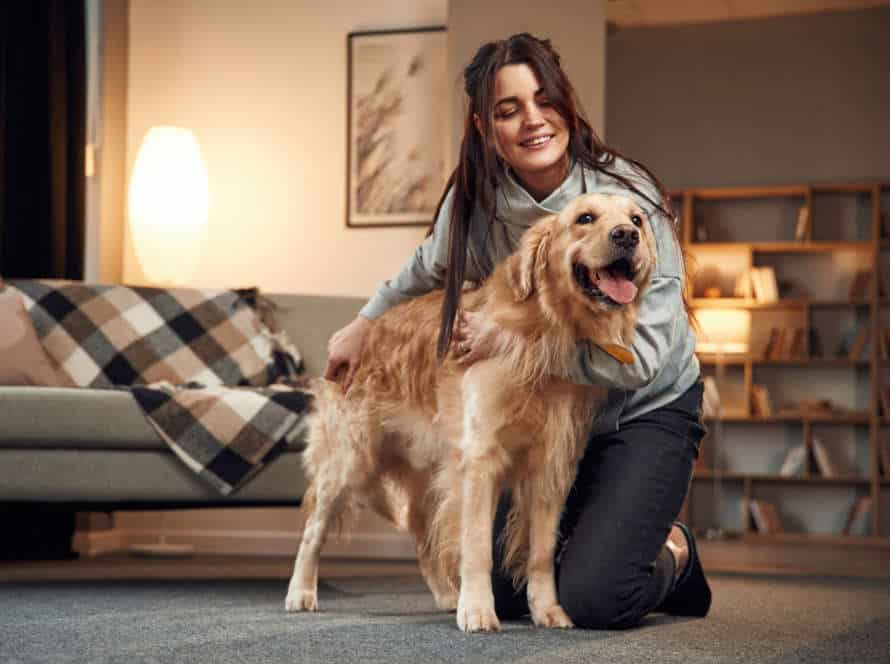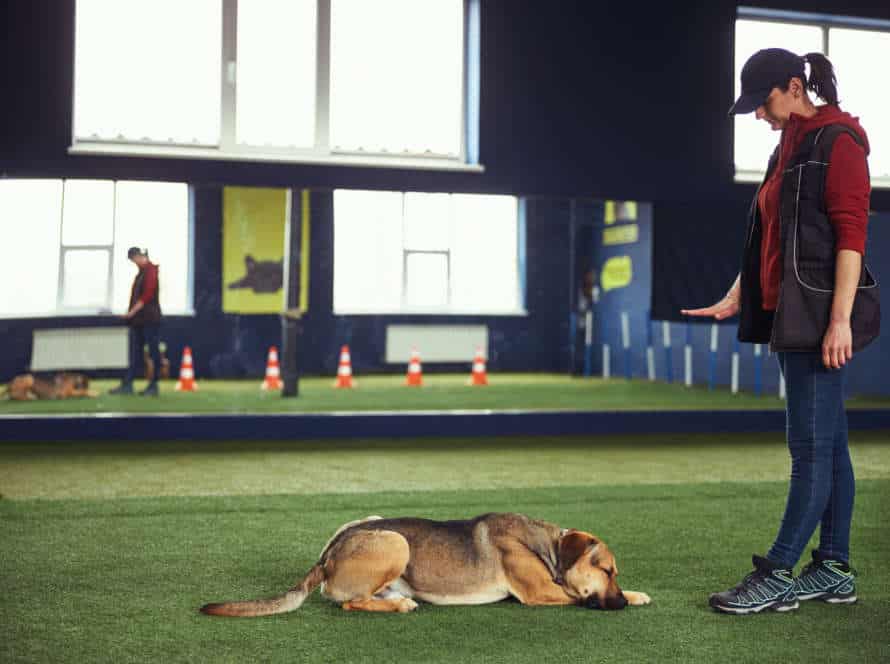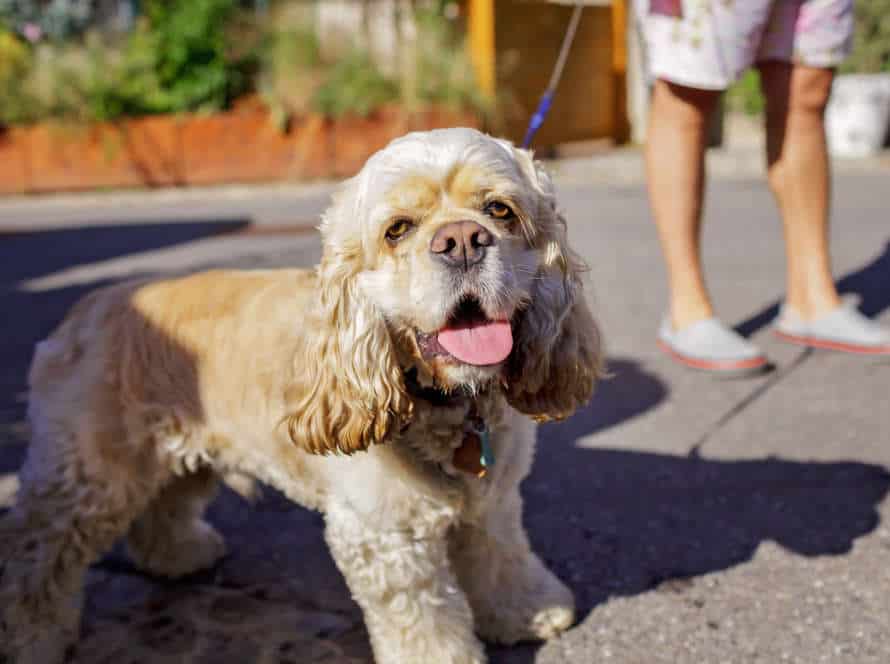Understanding Leash Biting: Why Does My Dog Bite the Leash?
Leash biting is a problem that many dogs suffer from. Knowing why your doggo bites the leash can help you stop this behavior and protect them from harm.
Possible causes of leash biting include:
- Teething – Puppies may chew on their leash to soothe their sore gums. Giving them teething toys or bones can help with this.
- Playfulness – Dogs may bite the leash to initiate playtime or get attention from their owners. Make sure they have enough exercise and playtime before their walk.
- Anxiety – Dogs may bite the leash when they are anxious or stressed, such as in a crowded area or near other dogs. Training, socialization, and desensitization techniques can help.
- Medical Issues – Dental problems or gastrointestinal upsets can cause leash biting. Check-ups with a vet can help diagnose and treat these issues.
Why Does My Dog Bite the Leash?
Dogs biting their leash is a common problem. It can be confusing for owners and pet parents. A pup may bite the leash for many reasons such as boredom, frustration – understanding the cause is key to solving it. Let’s explore some of the possible causes.
Understanding the reasons behind leash biting
Leash biting is a thing dogs do. It could be due to a few reasons:
- Boredom? Maybe they need more exercise.
- Stress? Maybe they’re trying to comfort themselves.
- Playfulness? Perhaps they think the leash is a toy.
- Dental problems? Maybe they have pain in their teeth.
To stop leash biting, give ’em something to chew on or give more exercise. If it’s still happening, it’s best to get help from a Dog Trainer.
Differentiating leash biting from playing
Dog leash biting is a common thing. It can be tough to tell if it’s just playing or not. Leash biting should not be allowed, so here are some tips to help.
Body Language: Playful dogs have relaxed body language and movements. Biting dogs have tense body language and awkward movements.
Playfulness: A playful dog won’t show signs of frustration or aggression. But a biting dog will show these signs.
Training: If your dog is biting the leash during training or walks, it’s not probably playful. Your dog may be trying to take control. Correct this behavior with positive reinforcement training.
By understanding the difference between leash biting and playing, you can stop any bad behavior.
How leash biting can lead to behavioral issues
Leash biting is a common issue for many dog owners. If left unaddressed, it can lead to more serious behavioral problems.
Boredom, anxiety and a lack of proper training are some reasons why dogs bite their leashes. And if done often, dogs can develop aggression, separation anxiety and destructive chewing.
As a pet owner, it’s important to identify why your dog is biting its leash and take corrective measures. This could be redirecting their attention, providing mental and physical stimulation and effective leash training.
Pro Tip: If your dog bites its leash frequently, you should seek advice from a professional. They can help you create a training plan to tackle the leash biting and behavior issues.
How to Stop Leash Biting
Leash-biting might be a maddening problem for both the dog and their owner. But, with the right approach, you can reduce or stop your pup from biting the leash. This article gives an insight into why your pup may be biting the leash and how to put a stop to it.
Positive reinforcement training methods
Positive reinforcement training is a great way to encourage good behavior. Instead of punishment, it rewards desirable behavior. Here’s how to use it to stop leash biting:
- Teach your pup basic commands like “sit” and “stay“. Give treats for good behavior.
- When your dog bites the leash, say “leave it” and give them a treat or toy.
- No physical punishment. Yanking on the leash can make them more anxious and aggressive.
- Consistency and patience are key. With repetition and reward, they’ll learn leash biting is not wanted.
Pro tip: Positive reinforcement can be used to teach new behaviors and tricks – from house-training to obedience commands.
Using toys and distractions during walks
Dogs sometimes bite the leash. Boredom, anxiety, or excitement can be the cause. You can help by using toys and distractions while walking. Here are some tips:
- Get a selection of toys that your dog likes. Balls or chew toys are great.
- Bring them with you when you go out. When you notice your pup getting restless, hand the toy over.
- Treats can help, too. Reward your dog when they focus on the toys instead of the leash.
- Be patient and consistent. It may take time for your dog to understand.
- Make sure they get enough exercise and stimulation. Pro Tip: Exercise, training, and playtime can reduce stress, anxiety, and boredom. This can decrease leash biting.
Seeking professional help if needed
Leash biting is a common doggy behavior with multiple causes such as stress, boredom, and lack of teaching. Figure out why your pup bites the leash first. Here are some tips to help you stop it:
- Figure out the cause: Watch your dog and see what makes them bite the leash.
- Use rewards: Give treats or compliments when they have good behavior or stop the biting.
- Get toys and training items: Give your doggy toys or training items to take their energy away and help reduce boredom or stress.
- Look for help: If the biting keeps on going or getting worse, think about consulting an experienced dog trainer or behaviorist.
Leash biting can be solved with the right training, patience, and consistency. Pro Tip: Regular exercise and mental activities like a walk or games can help cut down the leash biting.
Frequently Asked Questions
1. Why does my dog keep biting the leash during walks?
Dogs often bite their leash out of excitement, boredom or anxiety. It can also be a sign of a lack of exercise or training.
2. Is leash biting a normal behavior in dogs?
Leash biting is a common behavior in dogs, especially among puppies. However, it is important to train them to stop this behavior to avoid any hazards during walks.
3. How can I stop my dog from biting the leash?
There are various techniques that can help you stop your dog from biting the leash, including redirecting their attention, providing them with chew toys, and using positive reinforcement training methods.
4. What can happen if my dog keeps biting the leash?
If your dog continues to bite the leash, it can become a hazard during walks, causing injury to your dog or other people. It can also damage the leash, making it harder to control your dog during walks.
5. Can a dog choke on the leash while biting it?
Yes, there is a risk that dogs can choke on the leash while biting it. This is particularly dangerous if the leash is made of a thin material such as string, which is easy to chew through.
6. Should I use a different type of leash if my dog is prone to leash-biting?
Switching to a different type of leash, such as a leather or chain leash, may help prevent your dog from biting the leash as these materials are less likely to be chewed through. However, it is important to address the underlying behavior issue to prevent any future hazards during walks.







